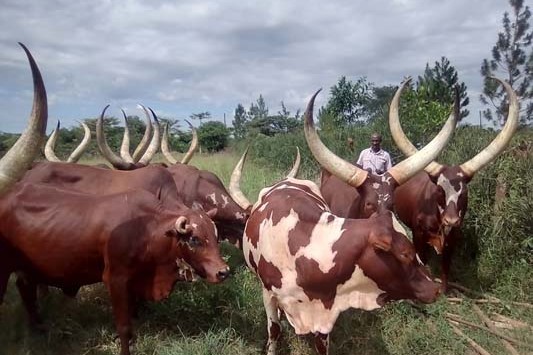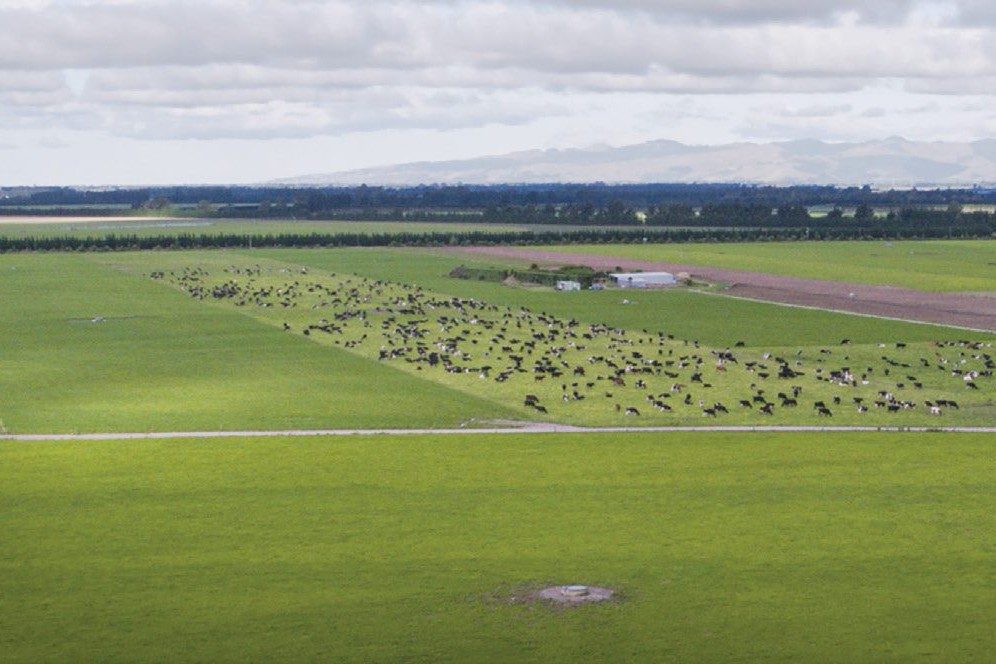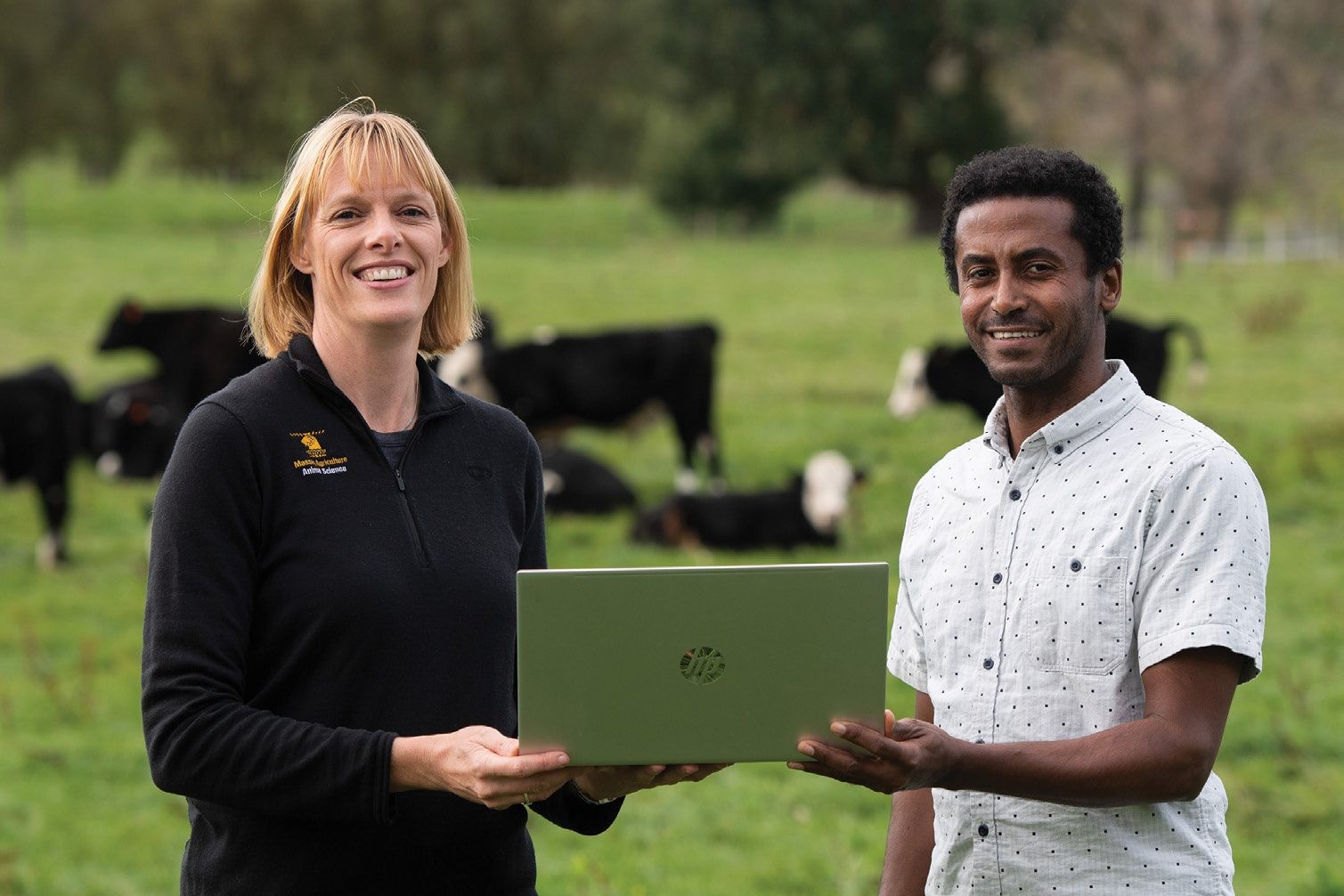New Zealand does not face a lack of water, but rather a lack of its availability when it is most needed. By Elaine Fisher.
Thanks to technology, farmers and horticulturalists are aware when a leak or failure occurs in their water reticulation systems, says Neal Borrie senior environmental engineer with Aqualinc Research Ltd.
That wasn’t the case last century when tracking down leaks, broken pipes and faulty ballcocks could take hours or days, but even in the 1970s, Neal says those working the land were well aware of the importance of water conservation.
Aqualinc general manager Jim Herbison agrees.
“Farmers have always known that water is a precious resource and increasingly they are using technology to monitor and conserve its use. A fault in a farm’s mainline which has big flows and pressures quickly becomes very apparent.”
With offices in Christchurch, Ashburton and Hastings, Aqualinc Research is an independent provider of research-based consulting services for water and land management. Among its aims is to provide services and the implementation of innovative practices to enhance “the treasured qualities of our environment and the long-term socio-economic benefits derived from them”.
Jim says what sets Aqualinc apart from others in the field is that it backs its technology with expert support and advice so farmers and growers can use the equipment effectively and understand and apply the data it provides.
While the improved availability of technology, including soil moisture meters and water flow meters has increased uptake by farmers, so has the introduction of local and national government regulations around water use. Public opinion and awareness of the importance of water conservation and water quality is also influencing farmers’ water management practices.
Jim says regulations regarding the recording of water takes which came into force in 2012 have prompted the need for accurate and easy-to-use telemetry. “The regulations require anyone who takes more than five litres a second of water to install flow meters.”
Neal says irrigation is vital, especially in Canterbury. “During a dry season, farmers can come close to the limit of their water consents which means they have to be smarter about how they manage what they have.
“In the shoulders of the season when there is less transpiration and a chance of rain, there are more options to hold off irrigation, but it’s a balancing act making soil moisture measurement a valuable tool.
“Sometimes hard decisions are needed, which may include setting aside some sacrificial paddocks which might be due for renovation next season and focusing on the higher-producing paddocks, this is especially relevant with irrigation systems with long return times.”
Over-irrigating which can cause leaching of nutrients, is also to be avoided and close monitoring of soil moisture helps reduce that risk. The problem New Zealand faces is not a lack of water, but rather a lack of its availability when it is most needed, which is generally in summer, Jim says. More water storage is required, and this is high on Irrigation New Zealand’s agenda. The schemes in place are paid for by those who own shares in them, and that shareholding comes at a cost. Jim says scheme owners are well aware of the cost and value of water and are obliged to adhere to the standards set out in their consents to take water.
“Farmers understand and value water. It is vital to their livelihood. They also want to take care of the land to pass it on to their families. Their children swim in the rivers and streams and they don’t want them contaminated,” says Jim who is annoyed that there is an urban perception that farmers are damaging the land and not caring for the environment. “That is simply not the case.”





